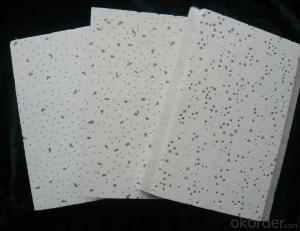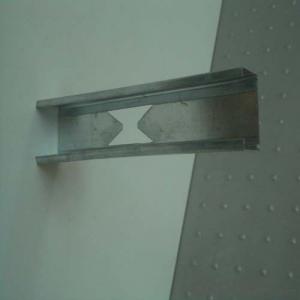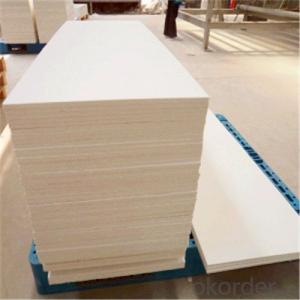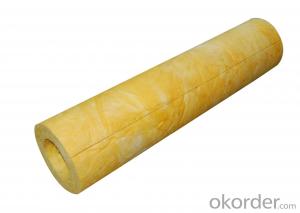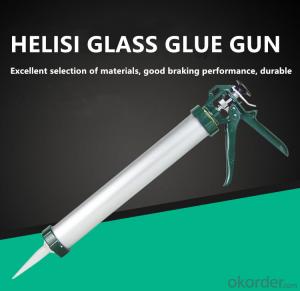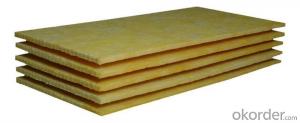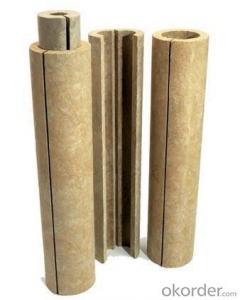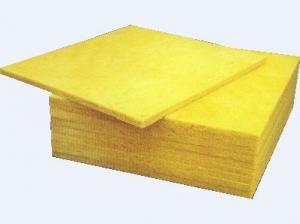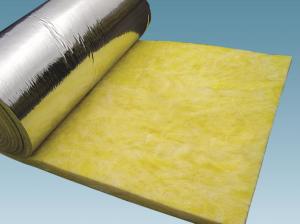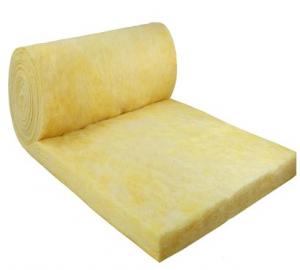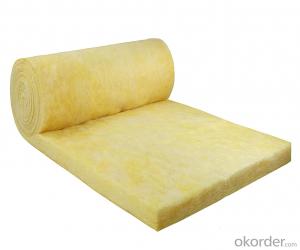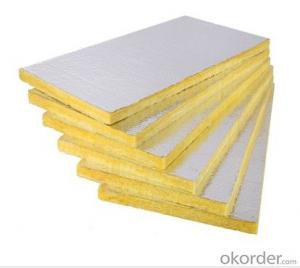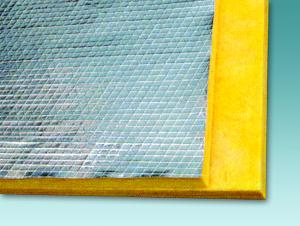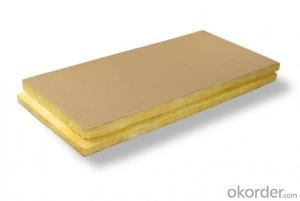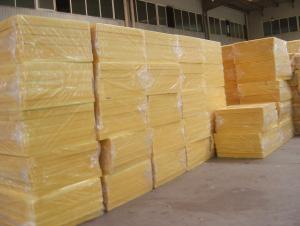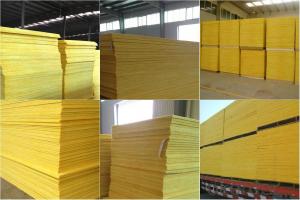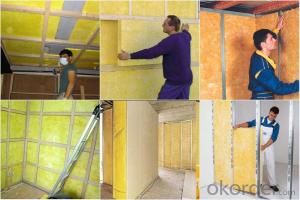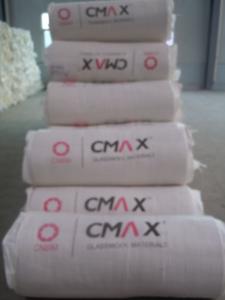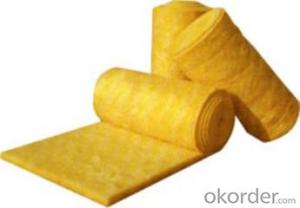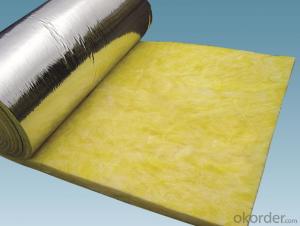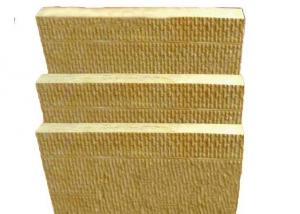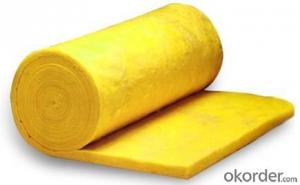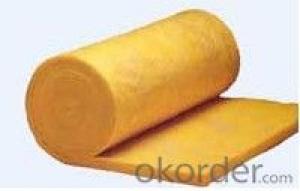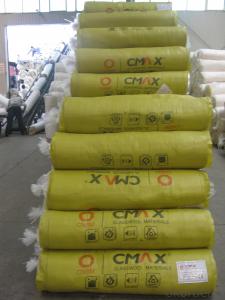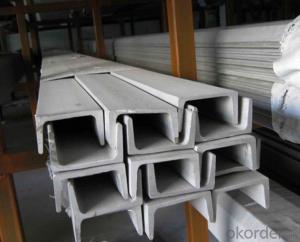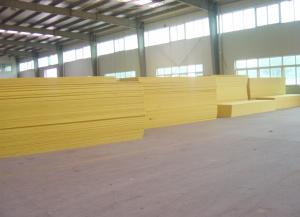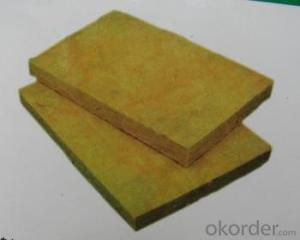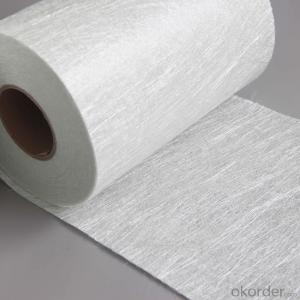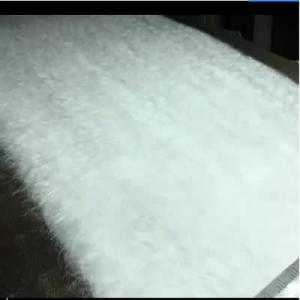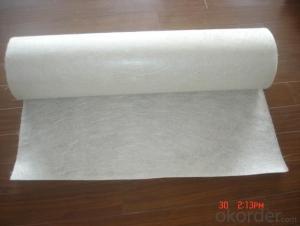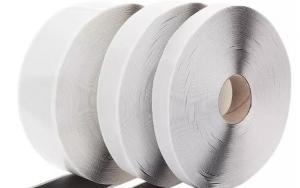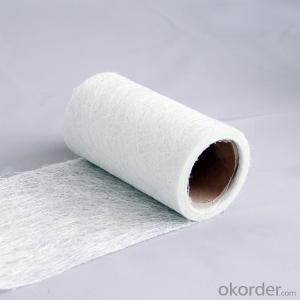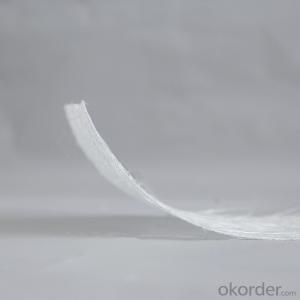Glass Wool Insulation U Value
Glass Wool Insulation U Value Related Searches
Primer For Galvanized Steel Msds Sheet For Magnesium Grinding Tools For Metal Metal Frames For Beds Metal Bar Chairs With Backs High Temperature Clear Plastic Sheet Galvanized Steel Wall Panels Galvanized Steel Sheet 4x8 Galvanized Steel Garden Beds 16 Gauge Sheet SteelHot Searches
Solar Hot Water Collectors For Sale Stone Hot Water Bottles For Sale Large Led Screens For Sale Passive Solar Water Heater For Sale H4 Led Headlight Bulbs For Sale Inverter Size For Solar System Used Finger Joint Machine For Sale Aluminum Plate For Sale Near Me 8 Inch Water Pump For Sale 6 3 Electrical Wire For Sale 4 Inch Water Pumps For Sale Used Hotel Furniture For Sale Online Used Hotel Furniture For Sale Malaysia Used Hotel Furniture For Sale Singapore Used Hotel Furniture For Sale Toronto Double Glazed Greenhouses For Sale Small Water Pumps For Sale Commercial Water Pumps For Sale Big Water Pumps For Sale Used Hotel Banquet Chairs For SaleGlass Wool Insulation U Value Supplier & Manufacturer from China
Okorder.com is a professional Glass Wool Insulation U Value supplier & manufacturer, offers integrated one-stop services including real-time quoting and online cargo tracking. We are funded by CNBM Group, a Fortune 500 enterprise and the largest Glass Wool Insulation U Value firm in China.Hot Products
FAQ
- Yes, fiberglass mat tissue can be used for automotive parts. It is commonly used in the automotive industry for various applications such as reinforcing panels, creating structural components, and improving overall strength and durability of automotive parts.
- Fiberglass mat tissue performs exceptionally well in terms of moisture absorption. Due to its composition of multiple layers of glass fibers and a binder, it can effectively resist moisture penetration, making it highly resistant to water absorption. This property makes fiberglass mat tissue an ideal material for various applications where moisture resistance is crucial, such as in roofing, insulation, and composite manufacturing.
- Generally, fiberglass mat tissue is resistant to chemicals. Its composition, comprising fine glass fibers bonded together with a resin, grants it exceptional chemical resistance properties. This resistance enables the fiberglass mat tissue to endure exposure to various chemicals without deteriorating or compromising its structural integrity. Nevertheless, it is crucial to acknowledge that the precise chemical resistance of fiberglass mat tissue may differ based on the type and concentration of the chemical it encounters. Therefore, it is advisable to consult the manufacturer's guidelines or perform suitable testing to ensure compatibility with particular chemicals.
- The expected lifespan of fiberglass mat tissue in residential applications can vary depending on various factors such as the quality of the material, installation techniques, climate conditions, and maintenance. However, on average, fiberglass mat tissue can last for 20 to 30 years in residential applications when properly installed and maintained.
- Yes, fiberglass mat tissue can be used for architectural applications. Fiberglass mat tissue is a versatile material that offers several benefits when used in architectural projects. It is commonly used as a reinforcement material in the construction of various architectural elements such as roofings, facades, and walls. One of the main advantages of fiberglass mat tissue for architectural applications is its high strength-to-weight ratio. It provides excellent structural integrity while being lightweight, making it ideal for use in large-scale architectural projects. Additionally, fiberglass mat tissue is known for its durability and resistance to extreme weather conditions, making it suitable for both interior and exterior applications. Furthermore, fiberglass mat tissue offers excellent fire resistance properties, which is an important factor when considering architectural safety standards. It has a high melting point and does not contribute to the spread of flames, making it a reliable choice for fire-resistant applications. In terms of aesthetics, fiberglass mat tissue can be easily molded into various shapes and designs, allowing architects to explore creative possibilities. It can be painted or coated to achieve the desired visual appearance, making it a versatile material for architectural finishes. Overall, fiberglass mat tissue is a reliable and versatile material that can be effectively used for architectural applications. Its strength, durability, fire resistance, and aesthetic adaptability make it a suitable choice for a wide range of architectural projects.
- Automotive panel repairs can be effectively carried out using fiberglass mat tissue. This material is known for its versatility and durability, making it a popular choice in the automotive industry. It proves particularly useful in reinforcing and restoring weakened or damaged areas on automotive panels. By providing a strong and stable foundation, fiberglass mat tissue is capable of repairing dents, cracks, and holes in panels. Its pliability allows for easy shaping and molding to fit the contour of the panel. Furthermore, fiberglass mat tissue's resistance to rust and corrosion makes it a reliable option for automotive repairs that must endure harsh weather conditions and road debris. Overall, fiberglass mat tissue is widely utilized due to its strength, durability, and versatility, making it an ideal choice for automotive panel repairs.
- The weight of fiberglass mat tissue significantly affects its performance. The weight of the tissue refers to the amount of glass fibers per unit area. Generally, a higher weight indicates a higher concentration of fibers, which leads to improved strength and durability. Firstly, a heavier fiberglass mat tissue provides better tensile strength. The increased number of fibers in the tissue allows it to withstand higher levels of stress and strain without breaking or tearing. This makes it ideal for applications that require high load-bearing capacity, such as structural components in construction or automotive industries. Moreover, the weight of the tissue also influences its stiffness and rigidity. A heavier mat tissue offers better dimensional stability, meaning it will retain its shape and form even when subjected to external forces. This is crucial in applications where the material needs to maintain its structural integrity, such as in boat hulls or wind turbine blades. Furthermore, the weight of the fiberglass mat tissue affects its thermal and acoustic insulation properties. A higher weight typically correlates with better insulation capabilities, as the increased fiber density enhances the material's ability to trap air and reduce heat transfer or sound transmission. This makes it suitable for applications that require effective insulation, such as in buildings or industrial equipment. Lastly, the weight of the fiberglass mat tissue can impact its ease of handling and installation. A lighter tissue may be more flexible and easier to manipulate, making it simpler to fit into complex shapes or tight spaces. On the other hand, a heavier tissue might require additional support or equipment during installation. In conclusion, the weight of fiberglass mat tissue directly influences its performance characteristics, including tensile strength, rigidity, insulation properties, and ease of handling. Therefore, it is essential to consider the intended application and the desired performance requirements when selecting the appropriate weight of fiberglass mat tissue.
- Fiberglass mat tissue is indeed capable of insulating metal buildings. This lightweight and flexible material offers efficient thermal insulation for metal structures. It is frequently applied as a layer between the metal panels and the interior of the building, effectively hindering heat transfer and enhancing energy efficiency. Moreover, fiberglass mat tissue resists moisture and discourages the growth of mold or mildew, making it an excellent option for insulating metal buildings. Nevertheless, it is crucial to ensure correct installation in order to optimize its insulation capabilities and avoid any gaps or air leakage.

